An increased torque causes an increased current to flow: -

With no torque you get the no-load current and maximum speed. With full stalling torque you get a stalled rotor and maximum current.
Either end produces zero mechanical output so all the electrical power taken is burnt in the motor.
Clearly, with a constant voltage applied, the power burnt is very much smaller when the rotor produces no electrical torque than when the rotor is stalled. This is because the current is much smaller.
Hence the motor gets hotter when stalled.
if you power an electric motor while blocking it, and thus stopping it
from moving, you'll damage it.
Yes, this can happen and for the above reason.
Is the "damaging process" any different in servos, or do they get
damaged in the same way?
If you mean a servo like this: -

Then, it is less likely to be a problem because the servo amplifier will current limit at a more reasonable value (most cheap RC servos etc.) just to protect itself. But you cannot generally rule it out.
Could this be prevented by simple measures? (Like putting a resistor
in front of it.)
Using a resistor is possible but it limits the current at a vital point - when the motor is beginning to rotate from a rest position. The current taken should be the stall current and, in normal operation this lasts for a few hundred milli seconds for a small motor but, if you put a resistor in series, full stall current (and hence full stall torque) is not available and the motor will take longer to accelerate to normal running. In a servo motor this can be crucial - response times are extended and this might impart sluggish behavior to the thing that is being controlled.
Active current limit circuits could be used that allow for brief periods of full stall current but then start to reduce current if the period lasts too long. But, now you are into a level of sophistication that may not work in some applications. For instance, if the motor is stalled and the current backed-off, what do you do when the demand signal changes - do you instantly restore full current and make the stall situation just as it was when not using such a control method?


